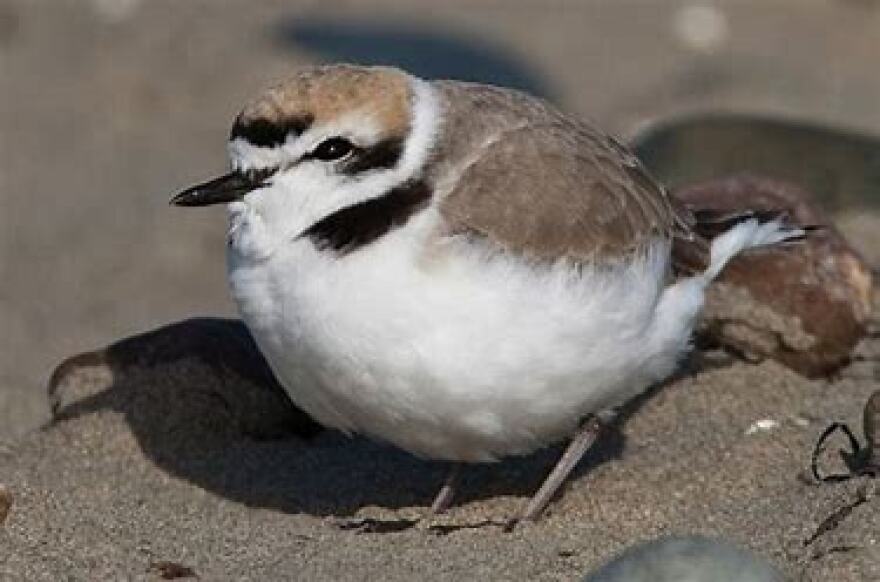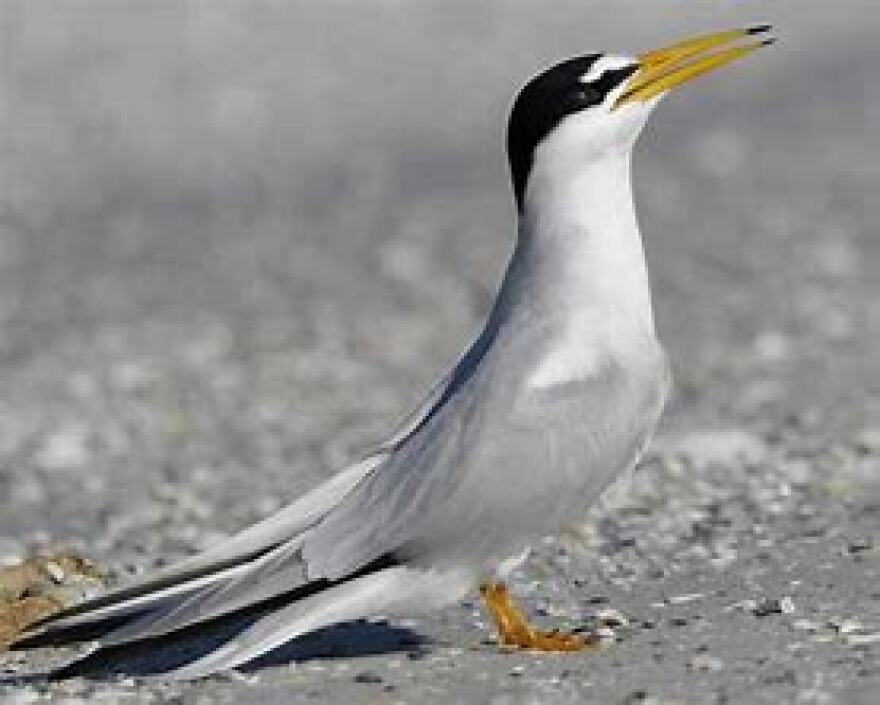Shorebirds and their young who are beginning to nest at Gulf Islands National Seashore are getting some extra protection beginning this week.
While the term “shorebird” is used in a generic sense, park spokesman Brent Everitt says there are actually quite a number of different birds that call the park their seasonal home.
“This time of year is when we’re starting to welcome our snowy plovers, and we should be seeing our Wilson’s plovers here soon,” says Everitt. “In another month or so we’ll start to see least terns starting to set up their nests. And finally the black skimmers – probably the most visible. They’re the largest of the birds and they nest in colonies.”
The aim of the enhanced enforcement, says Everitt, is to cut down on the number of shorebirds killed by vehicle traffic in the park’s Fort Pickens and Santa Rosa areas.
“Along [County Road 399] we’ll be lowering for a portion of that to 25 mph,” says Everitt. “We’ll have some radar speed signs that actually tell you what you’re speed is as you’re moving through those areas. We will install speed humps as well, not only through 399 but also in the Fort Pickens area.”

Add to that an increase in speed limit enforcement patrols. The birds normally nest on the south side of the roadway, but they will cross the road to the sound side for feeding throughout the day.
“Not only will you see little chicks in a couple of weeks here, but you’ll also see the adults flying low around those areas,” Everitt says. “By lowering the speed down to 25 mph, it really gives everybody that time that is necessary in order to slow down or avoid any interaction with those birds.”
Motor vehicle drivers are not the only visitors reminded to watch out for the birds; the admonishment also goes for bicyclists and pedestrians.
“Be aware of where the bird closures are because that’s where the nests are; just try to avoid those areas as best as possible or to move through as quickly as possible,” says Everitt. “The adult birds will interact with you in not a very fun way for sure. So you want to be sure and be aware of where those closures are.”
As a further reminder, Everitt says they’re closing small portions of the seashore, to be marked by red signs on white carsonite posts where birds are nesting.
“The National Seashore offers everyone an amazing opportunity to recreate, relax and to learn and to enjoy nature,” says Everitt. “But it also provides some of the best natural habitat for shorebirds, sea turtles, and beach mice. And we want to make sure that we continue to preserve that because what makes this place special is that natural environment. And these birds are a part of that.”

Those violating the new rules, upon conviction, will be subject to the penalties already on the books. But the chances of getting stopped are increasing.
“We’re just going to increase the amount of patrols through the area, so the speeding tickets and trespassing into a closure areas come with the same penalty that they normally would,” Everitt says. “There’s no increase in that; it would just be a normal ticket.”
By September, nesting is complete and normal use of the roads will resume. Meanwhile, Brent Everitt at Gulf Islands National Seashore says they’re also getting ready to welcome another round of guests.
“Sea turtle nesting season is right over the horizon for us and we’re already preparing for that and getting our stuff ready as best as we possibly can,” says Everitt. “It usually comes in for us around the middle of May, so we’re about six weeks out. We’ll be prepared as we always are, and we hope that we have another good year.”

